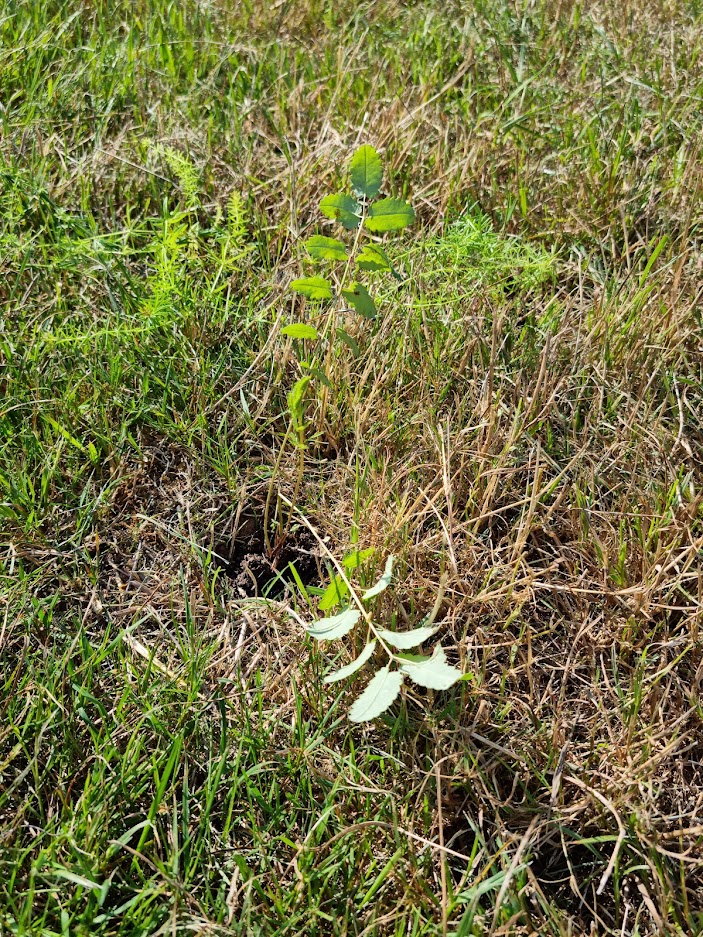Volunteers are needed to help plant up a new area of meadow grassland in Clifton Ings on Wednesday 23rd of November and Saturday the 26th of November this year. The Environment Agency is doing this to restore floodplain meadow and replace grassland plants damaged during the construction of the embankment in Rawcliffe, which forms part of the Clifton Ings Flood Alleviation Scheme.
If you would like to help with this, please email Nikky Wilson at yorkfloodplan@environment-agency.gov.uk to register your interest.
What’s involved?
Volunteers are needed to plant around four thousand seedlings raised by Brunswick Nursery, using seed collected from the site. This will involve using tools such as trowels and spades to prepare the ground and then inserting plants into the ground. You can volunteer for a morning or afternoon session, or all day if you like. If you have any mobility or health issues, you can still volunteer and staff will make sure the tasks you are given suit your needs.
Background to the activity
Clifton Ings and Rawcliffe Meadows was designated as a Site of Special Scientific Interest (SSSI) in 2013. It is a nationally important site for species-rich neutral grassland, in particular British National Vegetation Classification types MG4 and MG8; and the critically endangered tansy beetle.
As part of the wider York Flood Alleviation Scheme, the Environment Agency is making improvements to the Clifton Ings Barrier Bank to reduce flood risk for homes and businesses in York. This includes raising the height, and consequently the footprint, of the embankment. Whilst designing this scheme, considerable efforts were made to minimise the impacts of this work on the SSSI. However, unfortunately, it was not possible to avoid working on the grassland areas. In order to minimise damage, the project team have been working closely with the Floodplain Meadows Partnership and Natural England to identify actions that can be taken to restore the grassland.
Translocation and plug planting
The MG4 grassland in Rawcliffe Meadows has been moved to Rawcliffe Ings, in a process known as turf translocation. However, as the scheme is looking to restore a greater area than that which was lost, other methods of restoration are being used as well within Rawcliffe Ings, including plug planting.
Plug planting is a method that can target species which are either less abundant or produce seed outside of the time when hay is collected. Seed is collected, dried and, when the site is ready, propagated and introduced to the meadow either as plug plants or small plants. Although most of meadow management techniques will be undertaken through working with farming contractors, the plug planting will be done by working with partners and volunteers in the local community.
Over the past couple of years, Brunswick Nursery have been busy propagating seeds that were collected from local sources and these are now ready to be planted within Rawcliffe Ings. So there will now be two volunteer sessions to undertake the physical planting within Rawcliffe Ings, which will occur on the 23rd and 26th of November 2022.
Planting methods
 Plug planting Sanguisorba
Plug planting Sanguisorba
Planting will be undertaken using a range of different tools and techniques. The standard plug planting method is to dig out a hole both deep and wide enough for the plug plant to fit in, and then to drop it in and backfill with soil as needed so its fits snuggly and won’t be easily pulled out by mischievous birds. Trowels are used for digging the planting hole and kneelers will help to make the process more comfortable (also preventing having lots of wet and cold knees!).
Another option is to dig the hole with a long handled narrow spade, and to work with someone else to do the planting of the plug. If planting into a very grass-rich area which has little other wildflower interest, a technique can be used where a small (1ft) square turf is dug up and inverted (flipped over) and then the plugs are planted into that. By doing this the plug plant is given a better chance of success next year by pushing back some of the competition. The inverting is normally done with a regular spade. For all of the methods, it is useful to work together in pairs or small groups, but people can also plant on their own if preferred.
On the day staff will go over the planting instructions with everyone, and there will be plenty of St Nicks staff and volunteers to help and make sure everyone is happy and knows what to do.